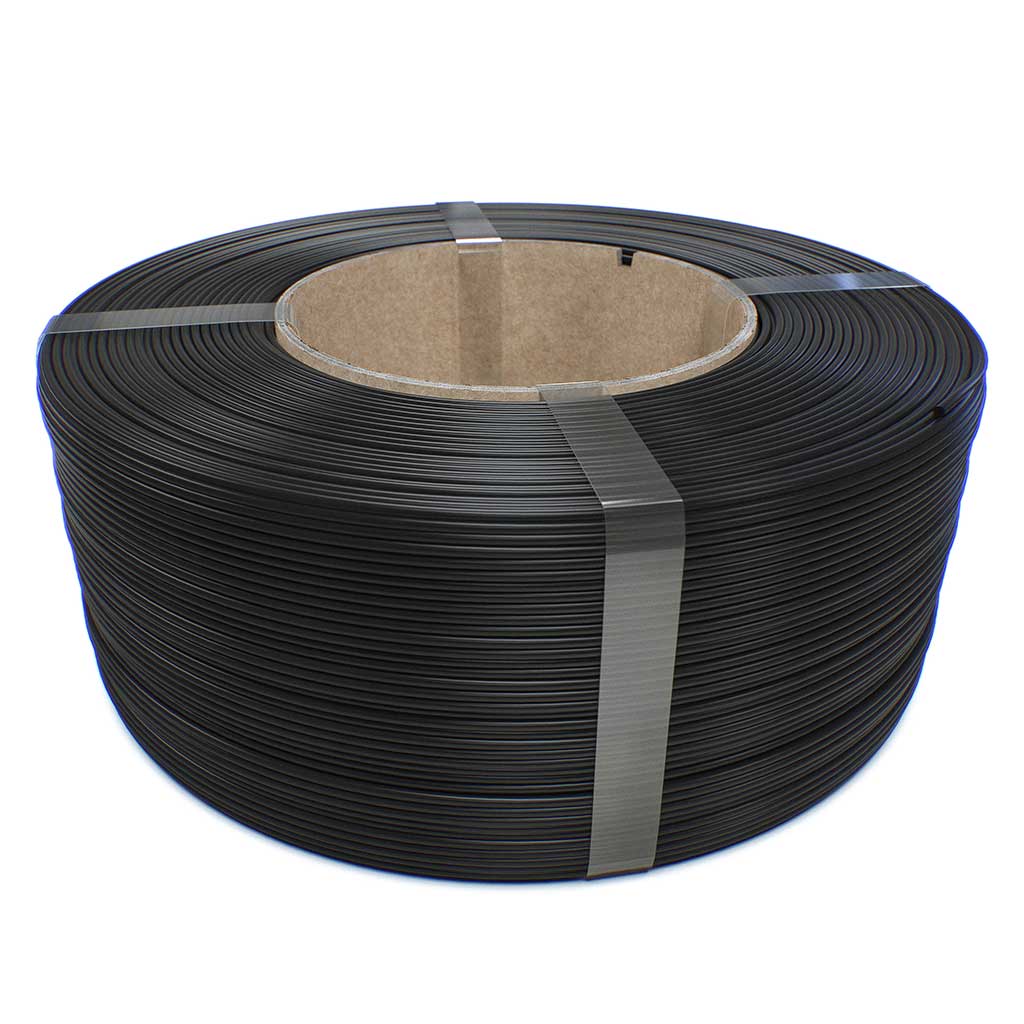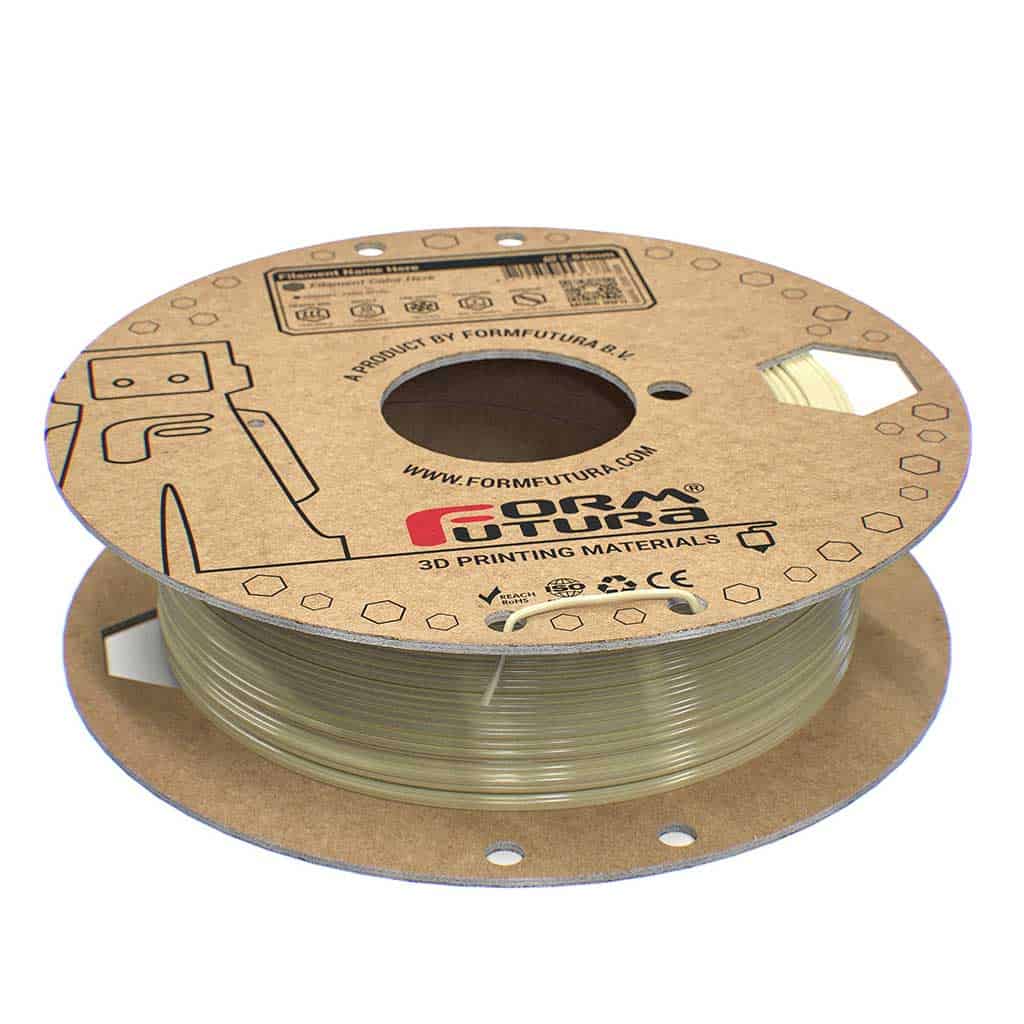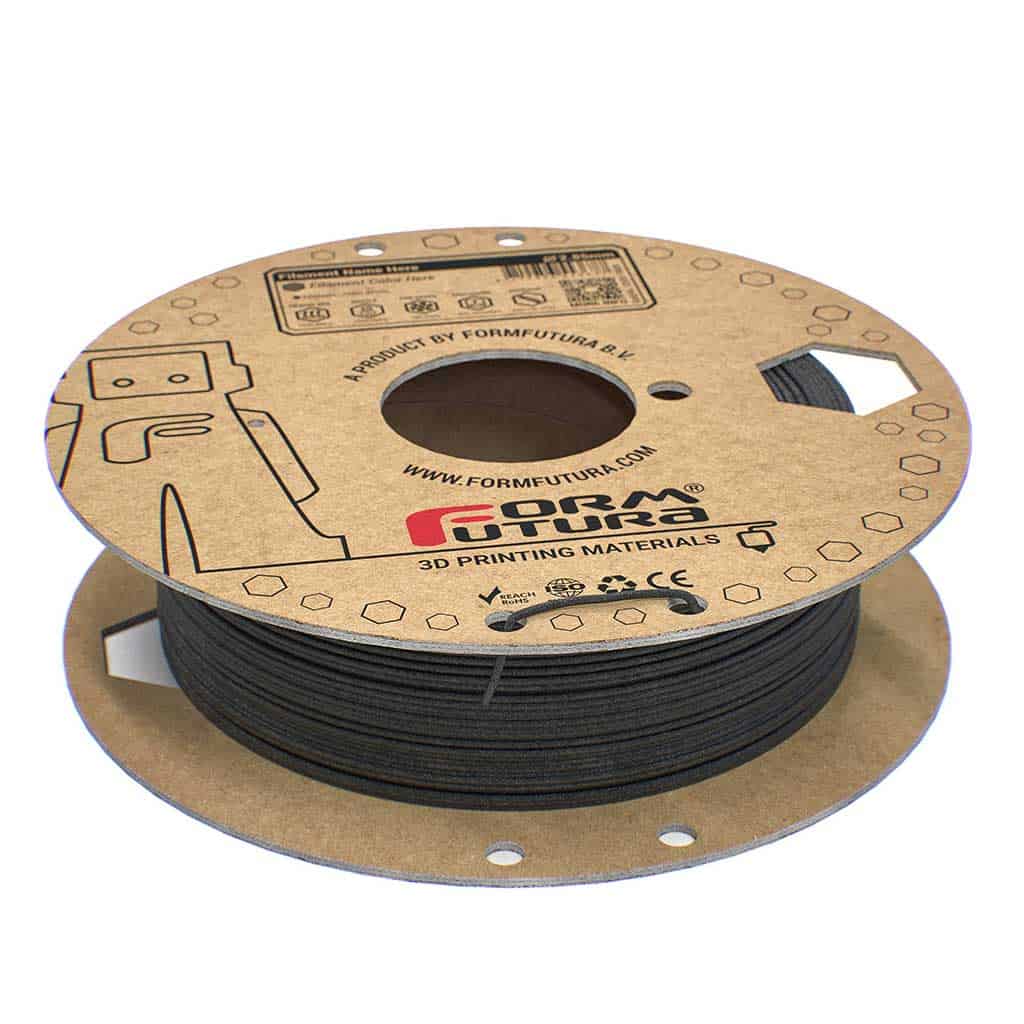High speed filaments
Weight (g)
ApolloX Flame Retardant
ApolloX Kevlar
ApolloX CF10
ReForm – rApollo
ApolloX
3D ASA filament, all you need to know
ASA filament is a strong type of filament, which is also water resistant. 3D ASA filament has a high resistance to UV radiation and chemicals.
ASA stands for Acrylonitrile Styrene Acrylate and is a very strong thermoplastic, similar to ABS. This filament contains very strong UV-resistant properties that make 3D ASA filament suitable for all types of weather conditions and also for outdoor applications.
The 3D ASA filament is available in the following colors: black, dark blue, gray, light gray, natural, red and white. In addition, the material has a beautiful glossy finish. Unlike ABS, ASA will always retains its color. Even after prolonged exposure to the sun. This is due to the excellent UV-resistant properties of this material.
Printing with ASA is best done in a draft-free room at room temperature or in a closed 3D printer. With a heated bed, you can ensure that your ASA designs do not curl up after cooling.
What are the advantages and disadvantages of ASA 3D printer filament
Advantages:
- UV resistant
- ASA melts when in contact with acetone and can be processed with acetone vapor
- Good resistance to all kinds of weather conditions
- Excellent mechanical properties
ASA filament is UV resistant and also has great resistance to all kinds of weather conditions. Making this a great filament for outdoor projects. ASA filament also melts when it comes in contact with acetone and can be processed with acetone vapor. It also has excellent mechanical properties making this a great filament.
Disadvantages:
A heating bed is required for the best results when using ASA filament. Without a heating bed your product might warp and deform while cooling down after printing. ASA filament is also not suitable for printing in humid areas or areas with draughts. Printing in a dry, well ventilated area will guarantee the best results. ASA filament is also not suitable for all kinds of extruders.
Tips for printing with ASA 3D filament
ASA can emit toxins during printing. Therefore it is important that you always print ASA designs in a well ventilated area.
Use a heated bed for the best results. The temperature of the heated bed is optimal between 90°C and 110°C.
When printing ASA designs it is important to work with a flat bed so that the first printed layer is created properly. The height of the print also has a major influence on how ASA adheres to the print bed.
When choosing a filament, it is important to take into account the different properties of the materials. 3D ASA filament has a higher density than for example ABS so it retains its shape and strength better. Even in dire weather conditions.








